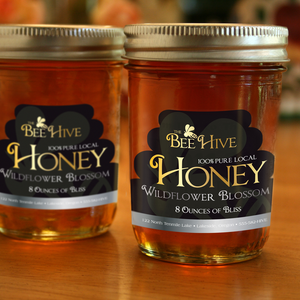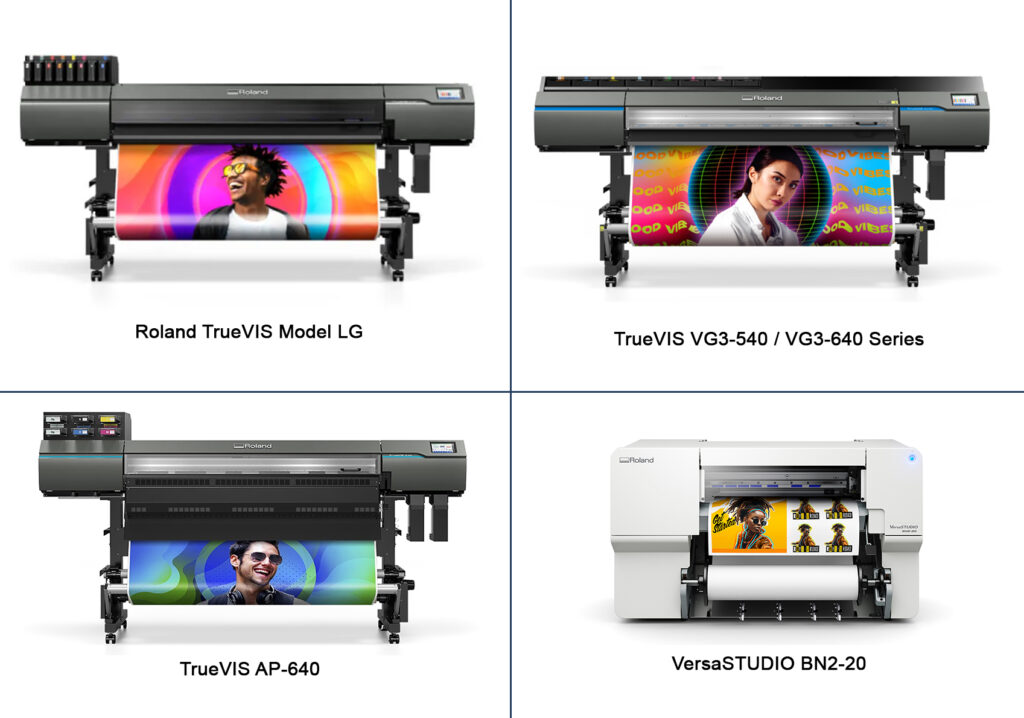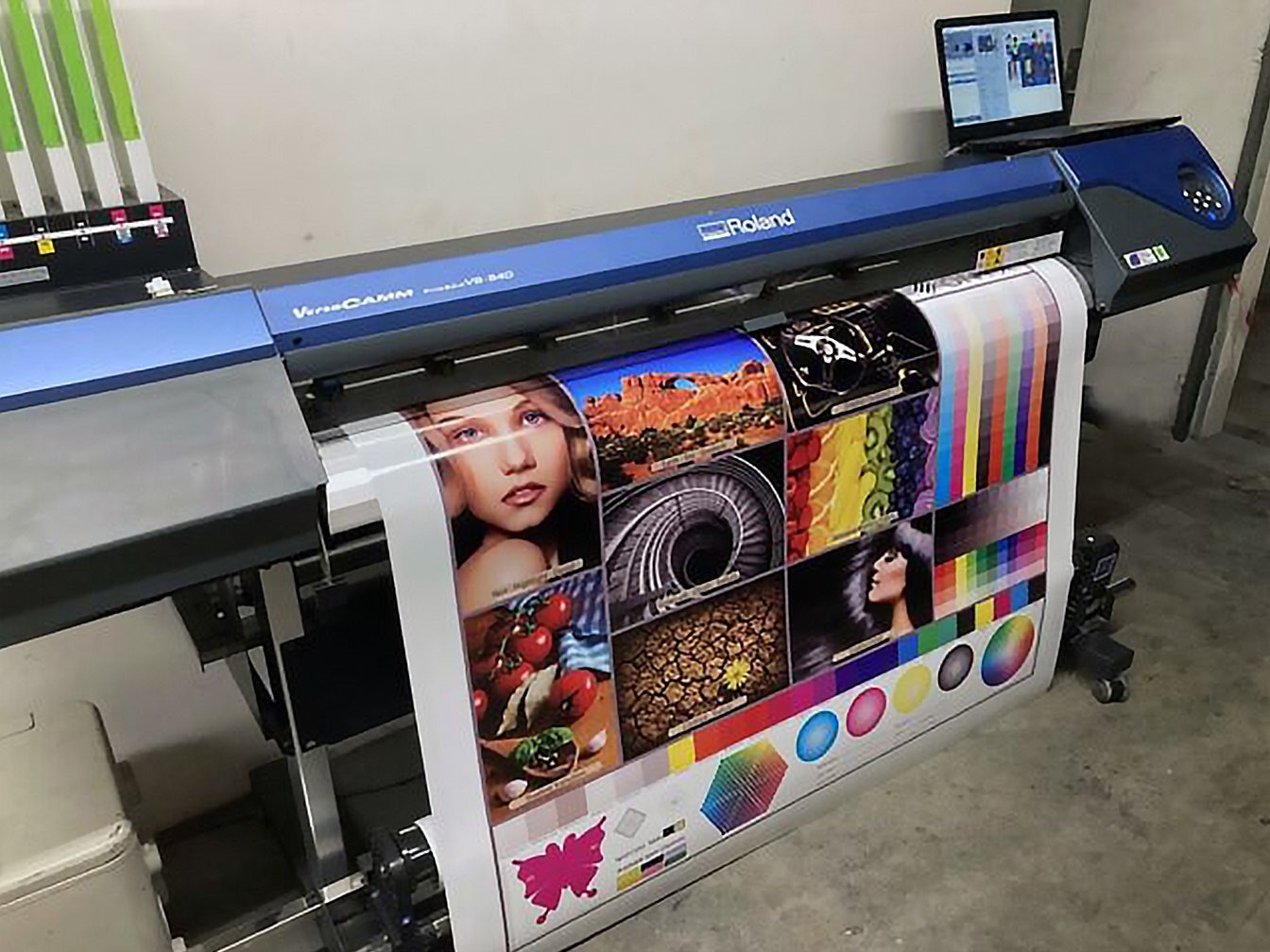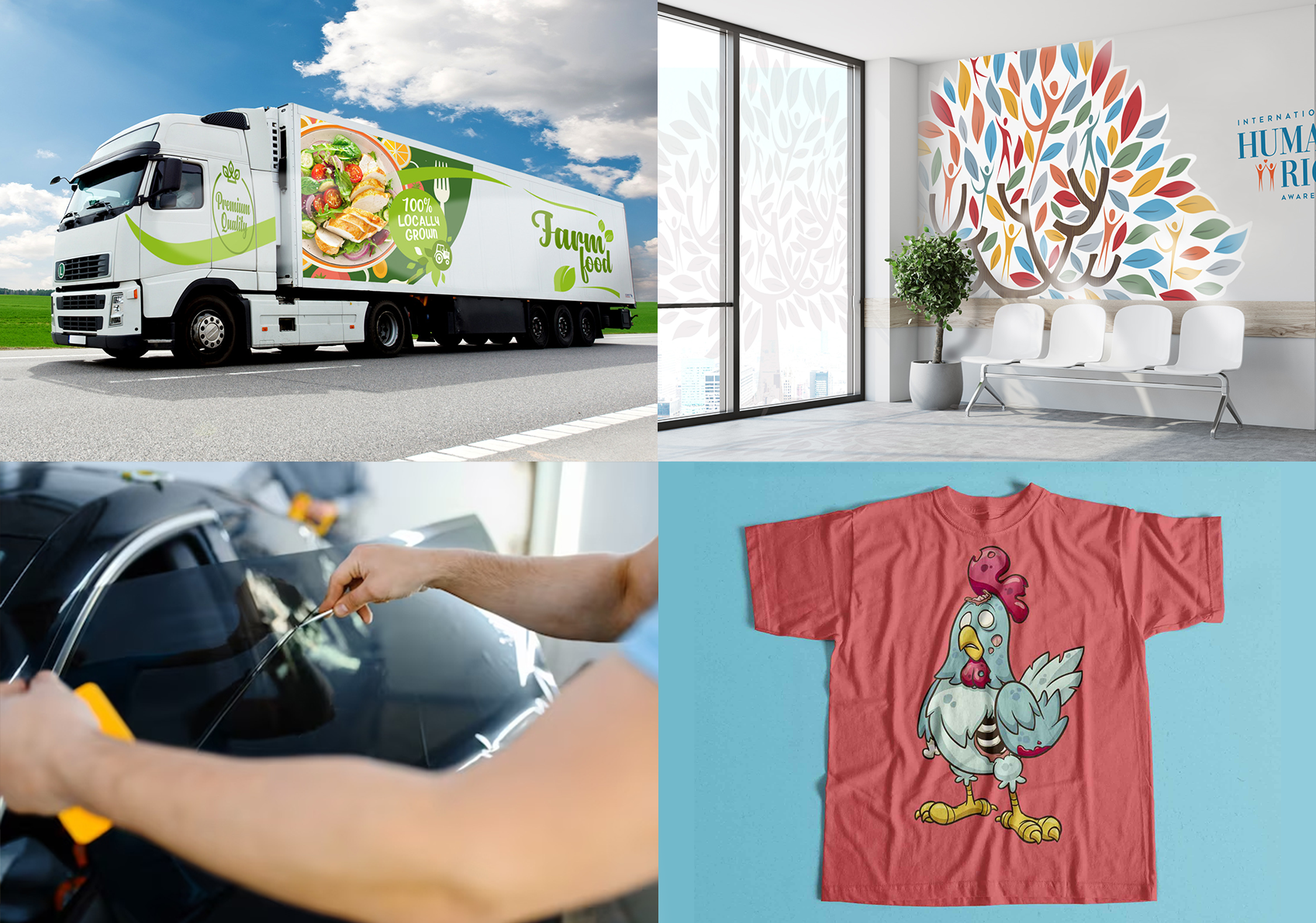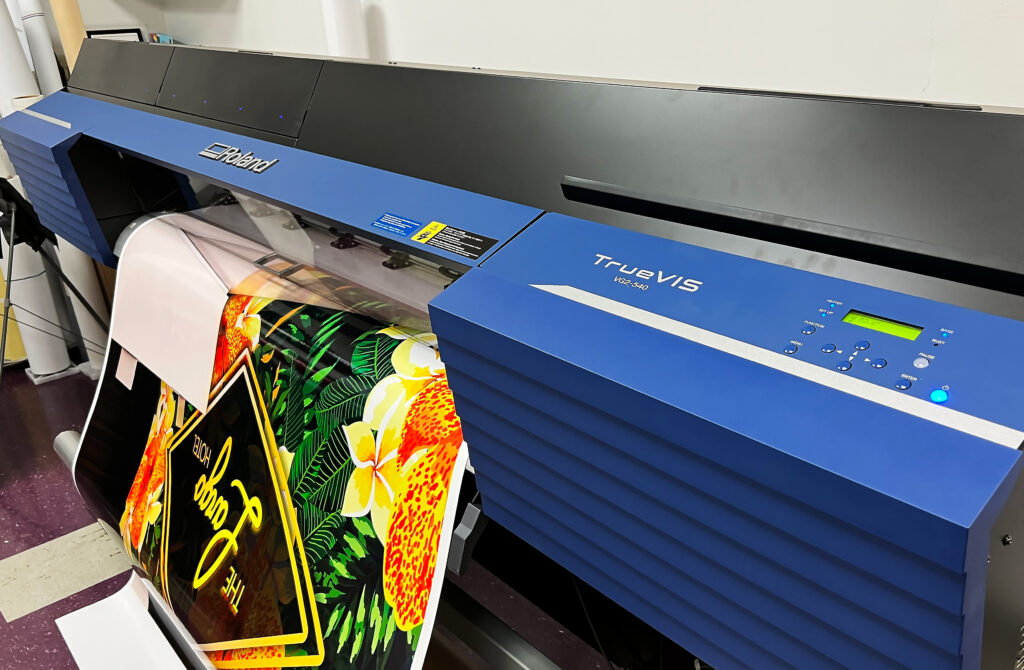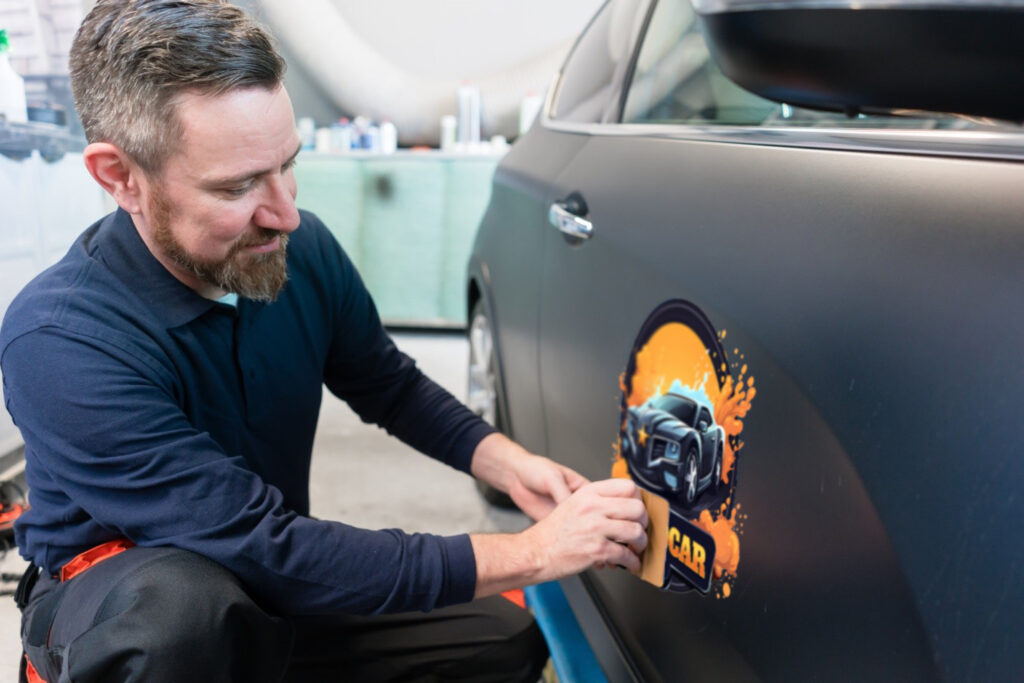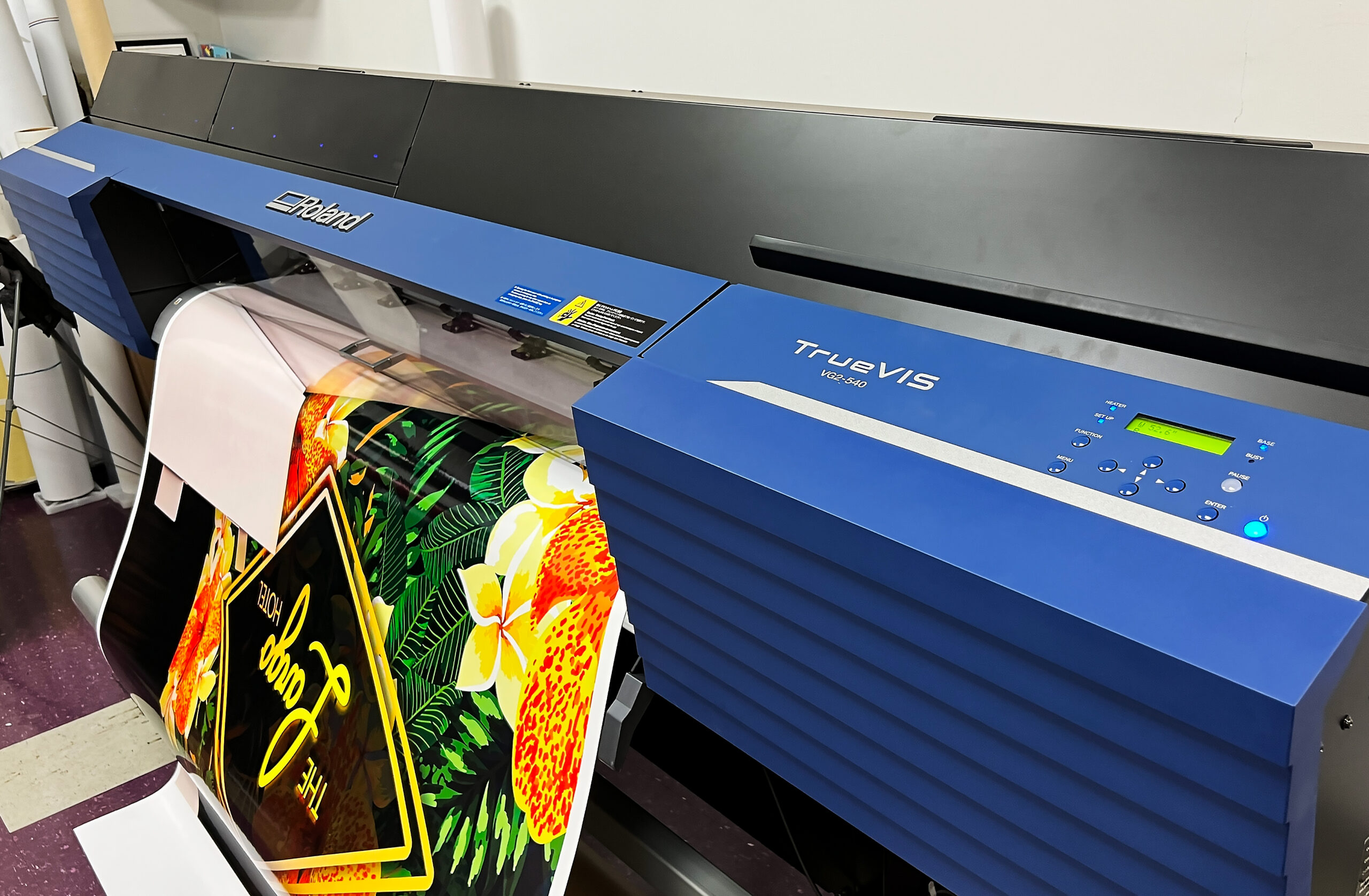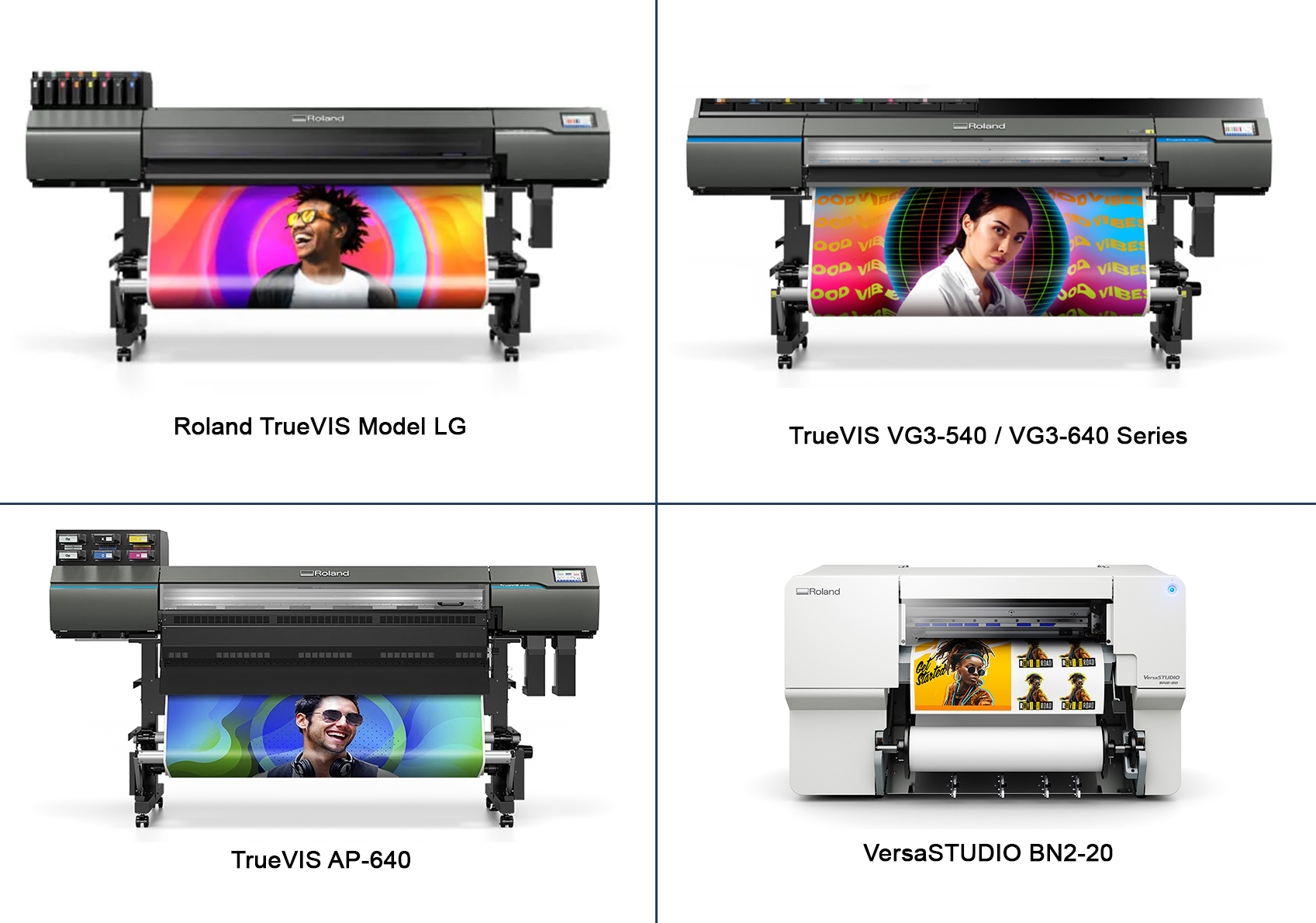Tag: vinyl printing
Printing Custom Stickers for Branding
Effective branding is essential in the competitive business landscape for standing out and creating a lasting impression. One of the most affordable and creative ways to boost brand visibility is through custom stickers. These versatile marketing tools allow businesses to showcase their logos, slogans, and promotional messages visually appealingly. Whether used on product packaging, as giveaways, or for vehicle and window displays, custom stickers help businesses build brand recognition and engage with customers. This article explores the benefits of printing custom stickers for branding, the different types of stickers available, the printing process, and best practices to ensure high-quality results.
Why Use Custom Stickers for Branding?
Custom stickers offer businesses a simple yet highly effective way to promote their brand. Here’s why they are a valuable branding tool:
- Cost-Effective Marketing – Compared to other advertising methods, stickers are affordable to produce in bulk and can be distributed easily.
- High Brand Visibility – Stickers can be placed on various surfaces, from laptops and water bottles to cars and storefront windows, ensuring continuous exposure.
- Versatility – Available in various shapes, sizes, and finishes, custom stickers can be used for product packaging, event promotions, or guerrilla marketing campaigns.
- Customer Engagement – People love free stickers, and when they use them on their belongings, they help spread brand awareness organically.
- Long-Lasting Impact – Unlike digital ads that disappear, a well-placed sticker can continue to promote a brand for months or even years.
Types of Custom Stickers for Branding
Businesses can choose from various types of custom stickers based on their needs and target audience. Some of the most popular options include:
Vinyl Stickers
Vinyl stickers are durable, waterproof, and weather-resistant, making them ideal for outdoor use. They are often used for bumper stickers, car decals, and storefront signage.
Die-Cut Stickers
Die-cut stickers are custom-shaped to match the design, giving them a professional and polished look. These are great for handing out as promotional giveaways.
Clear Stickers
Printed on transparent vinyl, clear stickers create a sleek and modern look. They work well on glass surfaces like windows and product packaging.
Holographic Stickers
These eye-catching stickers have a shiny, reflective surface that changes colours under different lighting. They are perfect for trendy brands looking to attract attention.
Matte and Glossy Stickers
Matte stickers offer a soft, non-reflective finish, while glossy stickers have a shiny surface that enhances colours. Both options are popular for packaging and promotional use.
The Printing Process for Custom Stickers
The quality of custom stickers depends on the printing process. Businesses should choose professional printing services that use high-quality materials and printing techniques. The main steps involved in printing custom stickers are:
1. Design Creation
A strong design is crucial for effective branding. Businesses should use high-resolution images, clear typography, and brand colours to create visually appealing stickers. Graphic design software like Adobe Illustrator, Photoshop, or Canva can be used to design custom stickers.
2. Choosing the Right Material
Vinyl is the most popular material for custom stickers due to its durability. However, businesses can also choose paper-based stickers for eco-friendly packaging or limited-time promotions.
3. Selecting the Printing Method
There are several printing methods used for custom stickers, including:
Digital Printing – Ideal for short-run orders and full-color designs.
Screen Printing – Produces vibrant and long-lasting stickers, often used for bulk printing.
UV Printing – Uses UV light to cure the ink, making it more durable and resistant to fading.
4. Cutting and Finishing
Stickers can be cut in various ways, such as kiss-cut (leaving the backing intact) or die-cut (trimmed to shape). Lamination can also be added for extra protection, especially for outdoor stickers.
Best Practices for Printing High-Quality Custom Stickers
To ensure the best results when printing custom stickers for branding, businesses should follow these best practices:
- Use High-Resolution Graphics – Blurry or pixelated stickers can harm a brand’s image. Always use 300 DPI (dots per inch) resolution for sharp, clear prints.
- Choose Colors Wisely – Stick to brand colours to maintain consistency across marketing materials. Using CMYK colour mode ensures accurate colour reproduction during printing.
- Consider the Sticker’s Purpose – Think about where the sticker will be placed. For outdoor use, opt for waterproof and UV-resistant vinyl. For indoor use, paper-based stickers might be a more cost-effective choice.
- Order Samples Before Bulk Printing – Before committing to a large order, request samples to check the quality, colour accuracy, and material durability.
- Use Professional Printing Services – While DIY sticker printing is an option, professional printing companies offer better print quality, durable materials, and precise cutting options.
Using Large Format Printing for Custom Stickers
For businesses that need oversized stickers for storefront displays, vehicle branding, or large promotional signs, large format printing is the best option. This technique allows for high-resolution, large-scale stickers without losing print quality.
Some Benefits of Large Format Printing for Branding Stickers:
- Maintains colour vibrancy and sharp details, even for large designs.
- Ideal for oversized window decals, vehicle wraps, or promotional banners.
- Large format printed stickers use UV-resistant inks, ensuring they last in outdoor environments.
- Companies that want to make a bold statement can use large format vinyl stickers for branding on walls, floors, and vehicles, maximizing brand exposure in high-traffic areas.
Custom stickers are an affordable, versatile, and highly effective way for businesses to strengthen their branding efforts. Whether used for product packaging, promotional giveaways, vehicle branding, or storefront advertising, stickers help businesses engage with customers and increase brand visibility.
By using high-quality printing techniques and materials, businesses can ensure their stickers are durable, visually appealing, and long-lasting. Additionally, large format printing allows companies to create bold branding displays that leave a lasting impression.
Investing in custom stickers for branding is a smart marketing move that delivers high impact at a low cost, making them an essential tool for businesses of all sizes.
Are you in the process of starting or expanding your large format printing business and in need of expert guidance on purchasing the right printing machine? Look no further! Our team of industry experts is here to provide you with valuable insights and expert opinions to help you make the best decision for your business. Contact us today for a personalized consultation and let us help you make the right investment for your business’s growth and prosperity.

